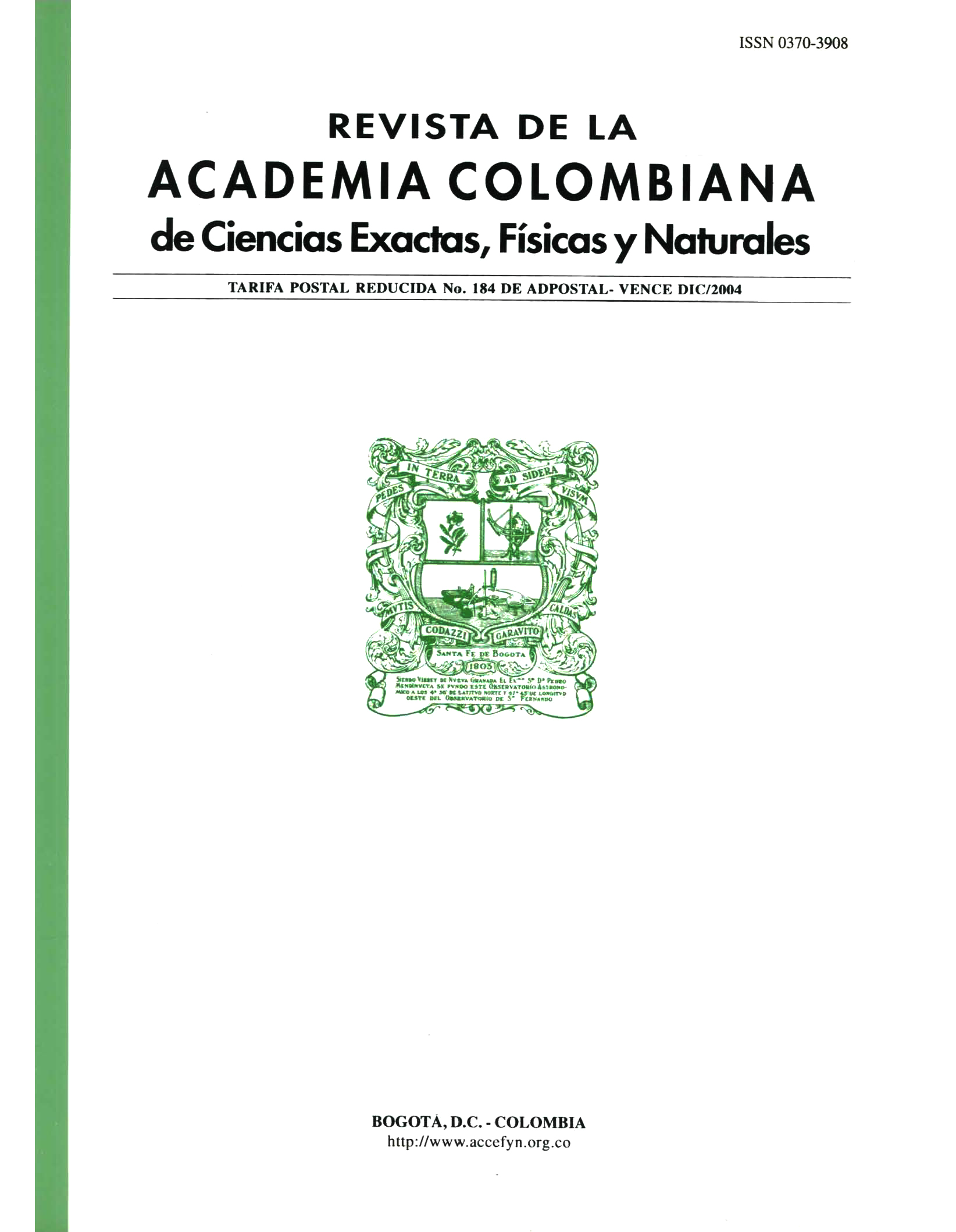Abstract
The rice husk is an agroindustrial waste which is produced in large amounts where rice industry is established. The ash of rice husk can be used as a source of silicon to produce calcium silicates. These compounds are used to make bricks of lime and sand. In the cement industry, as filler material in paint and polymers industry and also to produce dielectric porcelain.
Recently, the calcium silicates have been used to manufacture bioactive glasses. In this work, the controlled precipitation method was used to synthesize calcium silicates. The best conditions of synthesis were determined to obtain compounds with a certain composition and distribution of particle size. Moreover, It was analyzed the different physical-chemical phenomena that occur during the synthesis processes. Besides, It was studied the effects on certain conditions of the process such as precursors concentrations, nature of precipitant and temperature effect on the crystalline phases obtained at the end of the process. The evolution of crystalline phases during the thermical treatment was studied with X-ray diffraction (XRD). Other techniques of characterization used were the thermical analyses (DTA/TG) to know the evolution of the powers on thermical treatment and transmission electronic microscopy (TEM), to determine the morphology and the size of the synthesized particles.
References
Ahumada, L. M. 2005. “Síntesis y caracterización de silicatos de calcio utilizando como precursor de sílice la cascarilla de arroz”, Trabajo de Grado. Universidad del Cauca. Facultad de Ciencias Naturales Exactas y de la Educación.
Arcos, C. 2004. “Obtención biomimética de películas delgadas a partir de las monocapas moleculares de Langmuir-Blodgett”, p. 103. Trabajo de grado. Universidad del Cauca. Facultad de Ciencias Naturales, Exactas y de la Educación.
Baes C., Mesmer, R. 1976. The hydrolysis of cations. A Wiley-Interscience publication., John Wiley & Sons, New York.
Chakraverty, A., Mishra, P. & Banerjee, H.D. 1988. Investigation of combustion of raw and acid-leached rice husk for production of pure amorphous white silica, Journal of Materials Science, 23: 21-24.
Chen, J., Thomas, J., Taylor, F.W., Jennings, H.M. 2004. Solubility and structure of calcium silicate hydrate, Cement and Concrete Research, 20 (20): 1-21.
Cotton, F.A. & Wilkinson, G. 1986. Química inorgánica avanzada. Limusa, México.
Goves, G.W. 1983. Phase transformations in dicalcium silicate, Journal of Materials Science, 18: 1615-1624.
Greenwood, N.N & Earnshaw, A. 1995. Chemistry of the elements. Butterworth–Heineman Ltd., p. 23, 122.
Gutiérrez, R. 1998. La cascarilla de arroz como fuente energética, Instituto Colombiano de Productores de Cemento I.C.P.C, Centro de documentación: 4-9.
Ibáñez, A. & Sandoval, F. 1993. La Wollastonita: propiedades, síntesis y aplicaciones cerámicas, Bol. Soc. Esp. Ceram. Vidr., 32 (6): 349-361.
Jolivet, J. 2000. Metal oxide chemistry and synthesis, John Wiley & Sons, LTD.
Kotsis, I. & Balogh, A. 1989. Synthesis of Wollastonite, Ceramics International, 15: 79-85.
Kurczyk, H.G. & Wuhrer, J. 1978. Synthetic Wollastonite and its Use in ceramic Bodies, J. Soc. Chem 1-6.
Iler, R. 1979. The Chemistry of Silica: Solubility, Polymerization, Colloid and Surface Properties, and Biochemistry, A Wiley–Interscience Publication, New York.
Manku, J. 1992. Principios de Química Inorgánica, Ed. Limusa, México.
Messing, G. & Hirano, S. 1995. Ceramic Processing Science and Technology. United States of America: Ceramic Transactions 51: 550-553.
Older, I. 2000. Special Inorganic Cements. Ed. 1: E&FN SPON, New York.
Otterstedt, J.E. & Brandreth, D. 1998. Small Particles Technology. Plenum Press, New York.
Rivera, G.A. 1992. Concreto Simple. Universidad del Cauca, Popayán.
Rodríguez, J.E., Vivas G. & Montalvo L. 1992. Fuentes Biológicas de Silicio: Cascarilla de arroz, Unicauca Ciencia 1-4.
Taylor, H.F. 1978. La química de los cementos., Urmo de Ediciones,. Vol. I. España.
Treviño, B. & Gómez, I. 2002. Obtención de fases del cemento utilizando desechos agrícolas e industriales, Ciencia UNAL. 5 (2): 190-196.
Tsunematsu, S. & Inoue, K. 2004. Improvement of acid resistance of calcium silicate hydrate by thermal treatment, Cement and Concrete Research 34: 717-720.

This work is licensed under a Creative Commons Attribution-NonCommercial-NoDerivatives 4.0 International License.
Copyright (c) 2023 https://creativecommons.org/licenses/by-nc-nd/4.0

